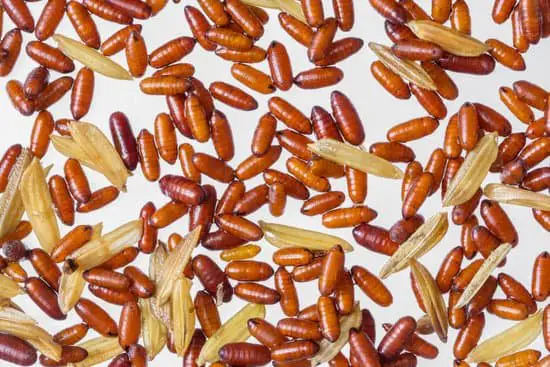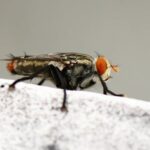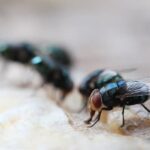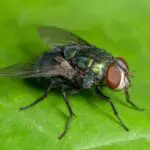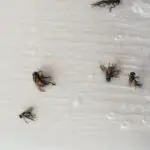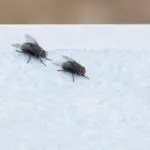Why Do Flies Like Light?
You’ve probably noticed how flies fly in circles around lights. That’s because they’re attracted to light. Even the smallest light source can attract insects to it. Insects have a complex relationship with light. They depend on the direction and intensity of light to help them navigate.
Moths, butterflies, and other flying insects are especially attracted to lights. Light from natural sources such as the moon and stars serves as a guide for them. Artificial light, on the other hand, can confuse these creatures. They may fly right into a light bulb, thinking it’s a food source.
While the attraction to light is not understood by humans, scientists have hypothesized that moths and flies have a biological reaction to light. This is known as positive phototaxis. These insects are so influenced by light that they continue to hover near lights even when natural light is available.
Scientists have discovered that blue light has a protective effect on moths. The light’s wavelengths are similar to those of flowers, and this may explain why moths are attracted to light. Even genetically modified flies lacking eyes still exhibit these effects. Extensive exposure to blue light also causes aging in flies. Light has been shown to increase the production of genes involved in aging and stress responses in humans.
Another effect of blue light on flies’ longevity is a hormonal response. This effect may be temporary, but the cumulative effects of exposure to the light have been found to be detrimental. Blue light has been linked to the production of pheromones, and male moths are attracted to candlelight. However, the effects of blue light on flies are not entirely understood.
